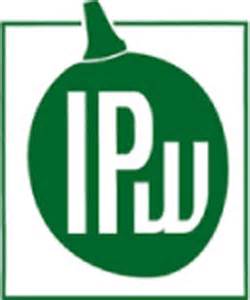Biodiversity
What is biodiversity?
Biodiversity refers to all the genes, species, ecosystems and processes that allow life to persist over time. When biodiversity is intact, species and ecosystems are resilient, enabling them to adapt to environmental changes. When biodiversity is lost, nature responds unpredictably, making it difficult for growers to plan production and protect natural resources.
 | | The Cape Floral Kingdom (CFK) is the smallest yet richest plant kingdom on earth and has earned international recognition as a global biodiversity hotspot and South Africa's newest World Heritage Site. However, the CFK is under increasing threat from agriculture, urban development and invasive alien plant species, with the unique Renosterveld and Lowland Fynbos ecosystems, and much of the Succulent Karoo, under threat. Since 80% of the CFK is privately owned, landowner participation in conservation efforts is essential. |
Approximately 95% of South Africa’s wine production occurs within the CFK. Farmers who are WWF Conservation Champions own some 46 701 ha of land between them, of which 225 010 ha is conserved as a pristine part of the world-famous Cape Floral Kingdom comprising fynbos and Karoo succulent plants. The 60 members work closely with the WWF in their conservation endeavours, undertaking annual assessments to ensure they meet the specifications required of a Conservation Champion. All Champions’ credentials are also underscored by South Africa’s Integrated Production of Wine certification (IPW), with these wineries having achieved 70% or more in their IPW audit. See www.wwf.org.za for further information.
 Biodiversity Guidelines & IPW
Biodiversity Guidelines & IPW
One of the most important principles of IPW is that production should proceed in harmony with nature. IPW guidelines for farms consist of 15 chapters that address all cultivation aspects, such as correct selection of cultivars, vineyard layout, irrigation, Integrated Pest Management, pruning etc. Previously, the content of Chapter 2, entitled 'Conservation and improvement of the farm and vineyard environment', was minimal and did not adequately address certain issues such as threatened ecosystems like Renosterveld or Lowland Fynbos, or the need to remove alien invasive plants, which are outcompeting natural vegetation and consume excessive amounts of water in an already water-scarce country. In May 2004, a revised version of Chapter 2 was officially accepted by the IPW Committee for the 2004/5 production years. Chapter 2 of IPW is now more commonly referred to as the 'Biodiversity Guidelines'.
For more information, visit www.ipw.co.za